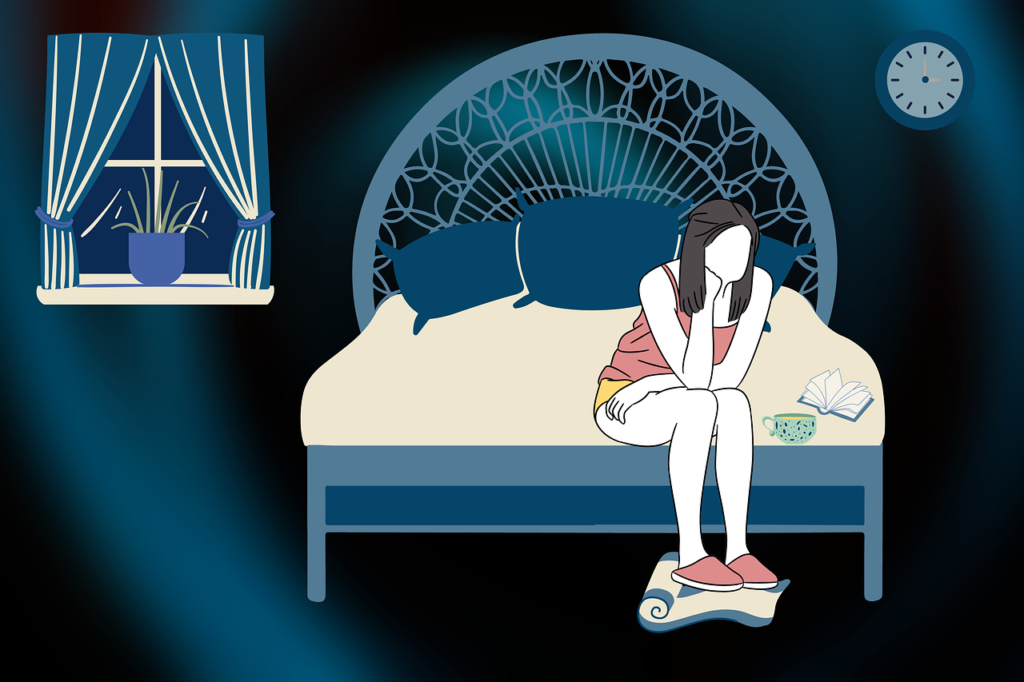
Image by svstudioart on Freepik
By 2026 we may be able to detect Parkinson's disease early on the basis of a personalized sleep study. This is thanks to NAP, an innovative research project coordinated by the University of Pisa
Engineer Chiara Magliaro, a researcher at the University of Pisa’s Enrico Piaggio Center, is coordinating the European NAP (twiN-on-a-chip brAins for monitoring individual sleeP habits) project, which kicked off in March, with the goal of producing “miniature” human brain “cyborgs” that will enable advanced diagnostics for neurodegenerative diseases such as Parkinson’s. With the expert, we take stock of the potential of “mini” test tube brains.
Funded with three million euros from the European Union’s “Horizon Europe” program for research and innovation – 800,000 of which are earmarked for the University of Pisa – the NAP project aims to use, for the first time in this particular field of investigation, brain organoids, that is, advanced three-dimensional cellular models of the human brain.
“Being able to detect Parkinson’s disease early, even before the typical tremors begin, is essential to control the disease, manage its evolution and guarantee the patient a better quality of life,” Magliaro explains. “With the technology we intend to develop through the NAP project, it will be possible to do so in a personalized manner.
Early diagnosis, what the University of Pisa is aiming for, is made even more important by the current lack of an effective treatment for Parkinson’s. To date, in fact, patients only realize they have this disease at the onset of the first tremors when, however, about 90 percent of their neurons are already compromised.
“Unlike classical diagnostic techniques,” Magliaro continues, “the one we are preparing is noninvasive and will make it possible to detect Parkinson’s disease through early screening and to understand a person’s predisposition or otherwise to this disease, which, like others of the neurodegenerative type, has an increasing incidence in a society like ours, which is aging more and more.
The project, which started March 1, involves a multidisciplinary international consortium, with expertise ranging from biomedical engineering and biotechnology to microfabrication and signal analysis. That consortium, coordinated by the University of Pisa, is composed of two other research institutions, the University of Freiburg (Germany) and the University of Amsterdam (Netherlands), and three companies, Organotherapeutics Gmbh (Luxembourg), Atlas Neuroengineering (Belgium) and SleepActa (a spin-off of the University of Pisa).
NAP aims to use brain organoids for the first time to study sleep and its disorders. Organoids look like whitish balls a few millimeters in diameter: they are advanced cellular constructs made from stem cells that differentiate under appropriate stimuli to recreate the salient anatomy and functionality of the human brain. By using induced pluripotent cells from specific individuals, organoids will enable the study of sleep in a personalized manner. During the project, the metabolism and mass of brain organoids will be measured in the laboratory, as these parameters, in all living things, are intimately linked to sleep and wakefulness rhythms. Such information will be used to “wake up” the organoids cyclically following physiological rhythms or simulating sleep deprivation. Using a new device, made during the project, it will be possible for the first time to assess the functionality of all neurons in brain organoids.
How important is the technological component in the project?
Developing the cyborg brain is crucial. We need to record the electrophysiological activity of all the cells that make up the organoid, because sleep (but also wakefulness!) involves all areas of the brain. Therefore, during the project we will develop a special culture chamber, with lots of very thin electrodes inside: these electrodes will allow us to ‘listen’ to the conversations between all the neurons, but without disturbing them. In this way, we will have information never before obtained about these advanced constructs of the human brain, which will help us not only within the project.
What prospects does this kind of research open up?
Using the technology developed through the NAP project, the effects of sleep deprivation will be identified and symptoms of Parkinson’s disease, related to sleep disorders, will be detected early in a personalized manner.
On a broader scale, it is hoped that the entire scientific community will benefit from a tool for studying new drug treatments and new strategies for diagnosing neuropathy.

SOURCE: Tend Sanità








